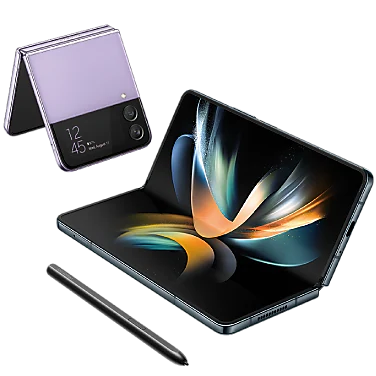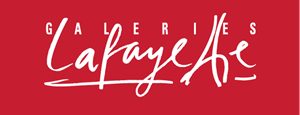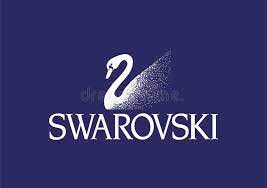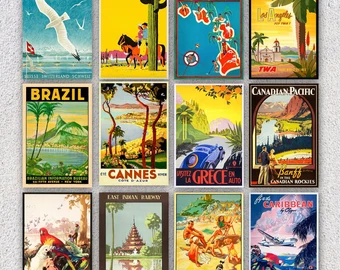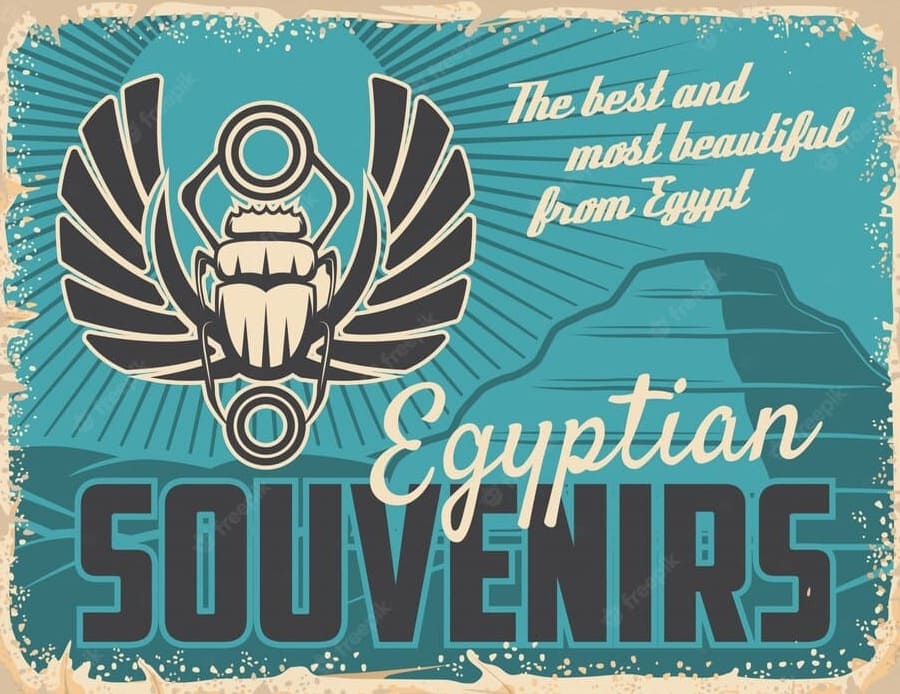
History of the Souvenirs
When traveling, there is always someone who returns home with a souvenir. It can be a miniature, reproductions of sculptures, keychains, postcards or almost anything with the name of the visited site. But:
Who invented the modern souvenir?
Giovanni Volpato (1732-1803), an Italian engraver and potter from 18th century Rome, is considered the modern inventor of souvenirs.
Giovanni Volpato was a brilliant self-made man, full of initiatives and with great artistic and entrepreneurial gifts. Born in Bassano del Grappa, Italy, Giovanni changed his surname Trevisan to that of his maternal grandmother, Volpato, and from time to time also signed his works in French: Jean Volpato or Giovanni Renard, rough translation of Volpato. To help his widowed mother, he found a first job as an embroiderer, but then he went to work for Giuseppe Remondini, director of one of the largest printing houses in Europe and particularly strong in intaglio, that is, in the printing of engravings. in copper. And here, he learned the art of engraving.
In 1762 he moved to Venice, first in the workshop of the Florentine engraver Francesco Bartolozzi, then in that of Joseph Wagner, a meeting point for the best engravers in the city. In this place appeared the opportunity to access the halls that mattered most, such as that of the English ambassador Joseph Smith. This room, apart from the travelers of the Grand Tour, was frequented by the most important collectors, intellectuals and artists. Included by the Serenissima of Venice.
In 1767 Volpato opened his own shop, due to the large amount of engraving work. Among his most important engravings are those of the refined Bodoni publishing house.
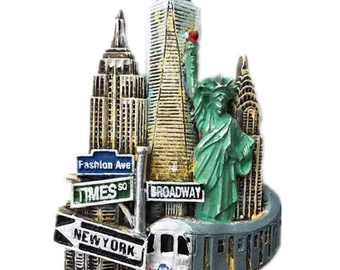
Tourist souvenirs from ancient Rome
Volpato created the volume celebrating the wedding of Duke Ferdinando di Borbone. The success of this initiative turned Volpato’s career upside down, and in 1771 he was called to Rome for a prestigious commission. It was the reproduction of the ornate vaults and pillars of the Loggias painted in fresco by Raphael in the Vatican. Volpato masterfully created 12 engravings which were later collected in three refined volumes, printed between 1772 and 1777. The very pleased Pope Pius VI appreciated Volpato both for his art and for his manners and intelligent conversation.
Pope Pius VI was passionate about antiquities and favored archaeological excavations in every way, who encouraged Volpato to embark on a new path. The artist took the invitation seriously and, supporting his flourishing workshop as an engraver, he entered the lucrative business of the antiques market..
Doing archeology of the Roman world
At that time, anyone with a regular permit recovered Roman works of art and then resold them at great profits to the Grand Tourists, especially those on the Grand Tour. Volpato entered that business and, beginning in 1779, financed an intense excavation program that brought him a considerable haul of sculpture. The demand for objects from ancient Rome was such that, along with the excavation activity, Volpato added a buying and selling of finds that also included objects found by third parties.
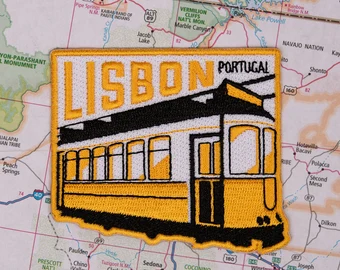
But not all big tourists could afford to buy expensive ancient sculptures. And Volpato, very adept at intercepting people’s needs, discovered a new trick.
What material were the first souvenirs made of?
They were small copies of Roman statues, reasonably priced and made of bisque, an opaque white porous material similar to marble. A new production for Rome and a large investment for Volpato, who, to protect himself from competition, thought it best to ask the Pope to prohibit anyone, for 15 years, from starting a similar business. Empowered by this exclusivity, he opened the factory in via Urbana, in the Monti district, and established his own private residence there as well.
How were the first souvenirs?
Souvenirs were not only very successful, but opened a huge market and can rightly be considered the ancestors of today’s souvenirs. Made in series, they were offered in three different sizes, with prices that varied according to height. The range was wide: one could choose between the Barberini Faun, the Belvedere Apollo, the Farnese Hercules (3) or the dying Galata. They were usually purchased individually or in thematic groups, they could also be combined with each other.
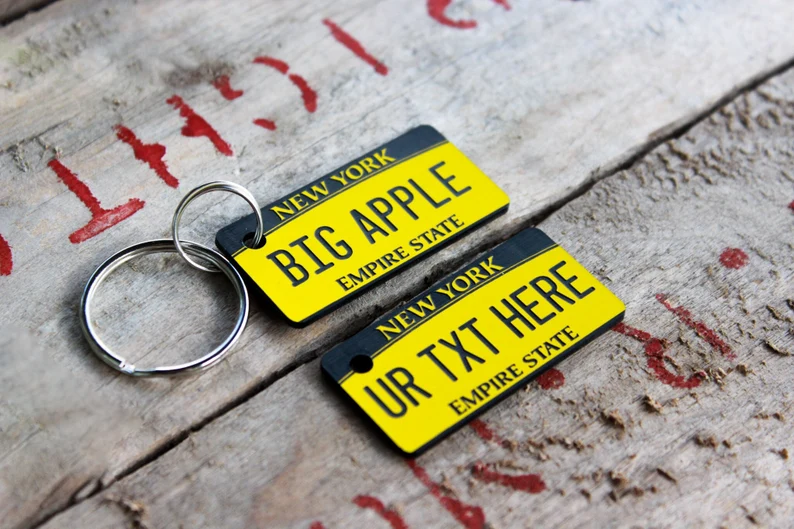
Advertising of souvenirs
On October 27, 1786, Volpato published in the Times of London the list of new products, with relative prices, which also included everyday objects, shaving basins, lamps, tobacco tins. The via Urbana factory definitely marked Volpato’s business success: his activity was booming and he was well integrated into Roman society.
Clients between the Aristocracy and Royalty
He frequented international salons and there was no lack of clients, some even of great respect, such as King Gustaf III of Sweden, to whom he sold 12 statues, including the ancient group of marble statues of Apollo and the Muses.
Even Empress Catherine II of Russia, although she never went to Rome, was his client: in fact she bought the series of 26 engraved and watercolor paintings, which reproduced Raphael’s Vatican Loggias. She was so admired that she made a vow to Saint Raphael: she promised that she would have them reproduced in full size in her palace in Saint Petersburg. A vote that cost him 60 thousand Roman shields. As for Volpato, he died in 1803, at the age of 71, leaving behind a prosperous business and a custom, the purchase of souvenirs, which has come down to us.
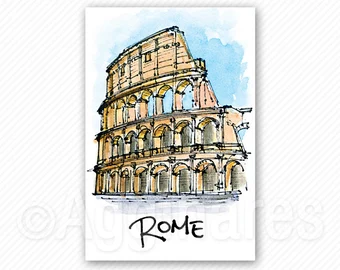
A bit of the history of the souvenirs
Souvenirs from ancient Greece and Rome
In ancient times there were no tourist souvenirs because there was no mass tourism, although there was for the upper classes. The exchange of objects as part of commercial transactions or as a show of courtesy or diplomacy can be considered as ancient souvenir. The findings of small ceramic vessels and representations of monuments in places far from their origin confirm this.
Around the year 700 B.C. In Ancient Greece, the poet Homer tells us in his Odyssey how Ulysses was collecting gifts-souvenirs from his fantastic trips. Later, in the 1st century AD, in Ancient Rome, it was the Roman craftsman Caius Valerius Verdullus who created the vasa potoria trend. These glasses fulfilled a double function: they were used to drink and they were also perfect to keep as a souvenir. These glasses contained a legend alluding to what was represented on the glass, as well as the author’s signature.
How was the souvenir in the Middle Ages?
The pilgrimages of the Middle Ages to Jerusalem and Rome first, and to any point in Europe that has a relic of Christianity, almost all false, motivated a market of souvenirs so that the traveler, when returning to his land, can certify that he fulfilled its objective.
In the Middle Ages, the sale of souvenirs related to the relics that the pilgrim went to worship became popular. That included splinters from the cross of Jesus Christ, the very nails of the cross, or relics of the bones of saints. Having water blessed by the Pope, carrying a small stone from Rome or a bit of soil from Palestine meant hoarding a piece of the sacred power that was visited.
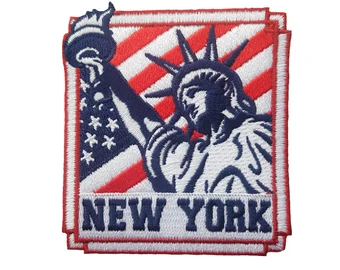
The era of popular memories
But with the arrival of the Enlightenment, religious collecting led to an effort to spread information and conquest: the more exotic the object, the more economic power of its owner was demonstrated.
For this reason, military expeditions, such as Napoleon’s to Egypt, were accompanied by a parallel army of scientists, from botanists to zoologists, archaeologists and anthropologists. Otherwise, one might wonder how there are so many Egyptian obelisks in Rome (Julius Caesar conquers Egypt), or how the gates of Babylon came to the museums of Berlin. Or the Rosetta Stone in Egypt, ends up in the British Museum
The new means of transport in Tourism
The implementation of new means of transport such as steamships and railways, then the automobile and the plane, and also the best and largest route layouts, facilitated travel. The trips were expanded and were not only made in Europe, but also in America, Asia and Africa. Those previously unthinkable destinations forced to bring a present that would keep the experience of the trip alive.
The first objects that were marketed as symbols that represented the place visited were small pieces, normally made with local materials (from clay, ceramics to wood and metals) and tailoring pieces. Garments such as mantillas, boots, hats, fans, were the most commercialized initially.
How did the Souvenir become massive?
With mass tourism, the souvenir industry became more important. Objects became more symbolic. The main attractions of each destination began to be represented in the objects made to remember the journey made. The memory-bearing pieces were translated into miniatures of the Eiffel Tower, the Statue of Liberty, or the Colosseum.
A souvenir industry also developed that tended to unify objects and produce them in series, the only distinctive being the stamp with the name of the place visited on a vessel produced in another part of the world.
Are foods also souvenirs?
Food is also part of the culture, the traditions, the identity of a place. The tasting of typical dishes is just part of the trip. Many of the items used as gifts for family and friends back from trips were replaced with edible gifts. Thus the tourist destinations were marketing typical autochthonous products such as cheeses, wines, beers, sweets.
The development of food routes, which emerged during the 20th century, also contributed to the fact that more and more food products are used as souvenirs. It is a way of carrying a memory that is related not only to the cultural, but also to the sensory. The taste, the touch, the aromas, the colors, everything is combined in such a way that the present can subsequently prolong the lived experience, relive it and enjoy it again. And also, even share it
The mass of souvenirs
If you have to put a key date to the massive explosion of memories, Potts risks that it was in 1893, when the World’s Columbian Exposition was held in Chicago, which attracted 28 million people in six months.
There, the sale of teaspoons with an allegorical image became popular. But it was not by chance, but because of a very well organized marketing campaign by the jewelers’ associations.
A couple of years earlier they spread pamphlets and paid for advertisements claiming that the sale of commemorative teaspoons was a success in Europe. It was a lie, but it didn’t matter: the commercial success of this object was impressive, and of course the fashion was imitated in Europe.
Are postcards souvenirs?
At the beginning of the 20th century, with the expansion of photography, the sale of postcards arose. In 1906 the sales of postcards in Germany reached 1,000 million units Of course, not everyone could carry a heavy wooden camera on their journey, so mailing illustrations and images of beaches and landmarks were a commercial boom.
A fact to verify its magnitude: in 1906 the sales of the Post Card Dealer company in the United Kingdom were 750 million and 1,000 million in Germany. Now we could say that postcards are out of fashion, that nothing goes to the post office to send them. But they did not die, but became the phenomenon of Instagram: according to the World Economic Forum, for every minute on this social network, 347,222 images are uploaded. Postcards lasted through the 20th century, until the advent of digital photography.
Related Post



